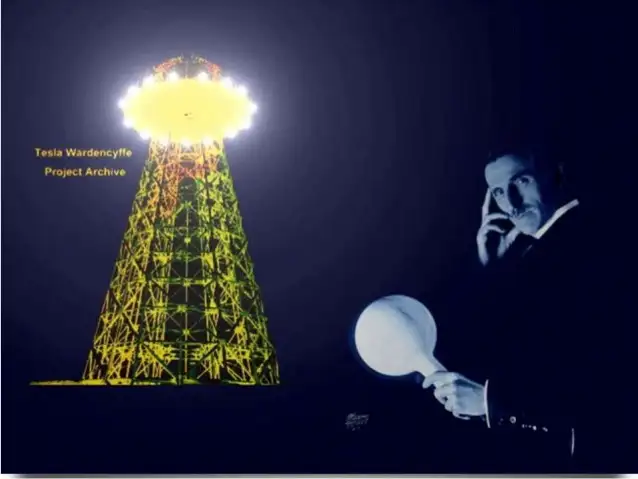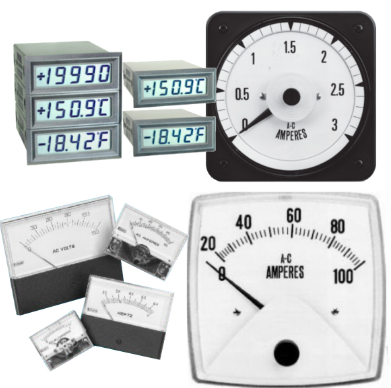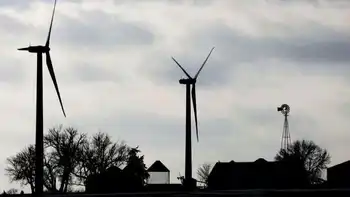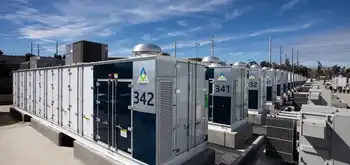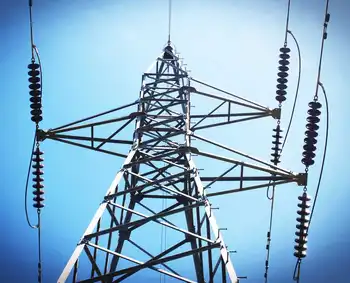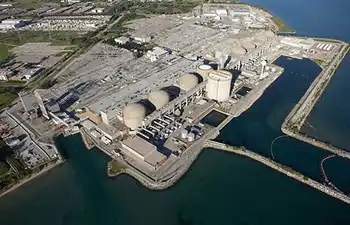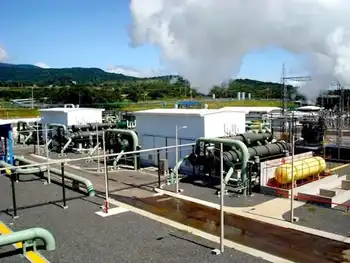ETTCI offers certification for electrical testing technicians
By Electricity Forum
NFPA 70e Training
Our customized live online or in‑person group training can be delivered to your staff at your location.

- Live Online
- 6 hours Instructor-led
- Group Training Available
ETTCIÂ’s certification program was built on the foundation of the ANSI/NETA Standard for Certification of Electrical Testing Technicians (ANSI/NETA ETT). In order to ensure compliance with this American National Standard, ETTCI requested that the InterNational Electrical Testing Association (NETA), the author of this Standard, review ETTCIÂ’s program requirements. NETA completed this review on January 11 and found that ETTCI does indeed meet the requirements set forth in the ANSI/NETA ETT.
ETTCI offers four levels of recognition, Level I Trainee, Level II Assistant, Level III Certified Test Technician, and Level IV Certified Senior Test Technician. Levels III and IV are the only levels considered to be fully certified and capable of performing and supervising electrical testing work. Both Levels I and II should work under the supervision of a Level III Certified Test Technician or Level IV Senior Certified Test Technician.
To assure the end-user of qualified testing personnel, ETTCI Level III and IV Certified Test Technicians must further develop their knowledge and skills by meeting ETTCIÂ’s Continuing Education Credit requirements on an ongoing basis.
ETTCI offers individuals an opportunity to gain recognition for their competency and skills as electrical testing technicians. End users, contractors, testing firms, and inspectors alike want to ensure that the power systems that they are responsible for function safely and effectively from new installations to routine maintenance on service-aged equipment.
While many organizations offer certificate based programs for individual pieces of equipment, ETTCI is one of the few certification institutes that truly address the challenges of electrical testing from start to finish. Individuals carrying a Certification as a Level III or IV Testing Technician have demonstrated that they will be able to accurately assess each unique situation that field work presents on a day-to-day basis.
That means more efficient work flow during commissioning and shut-downs, less time spent determining whether or not the technician hired is qualified to perform the necessary tasks, and confidence that your equipment will function as intended.





